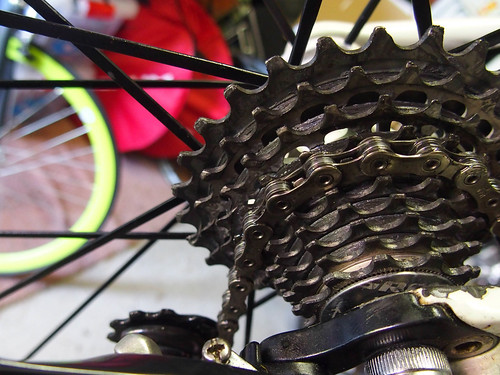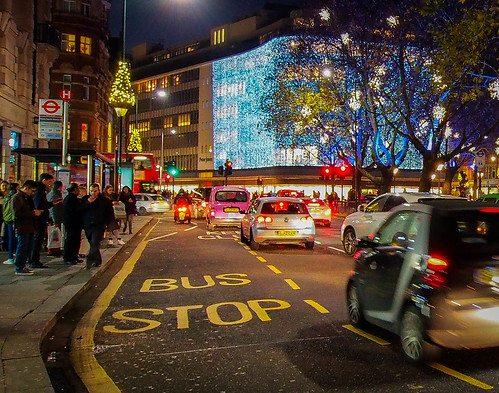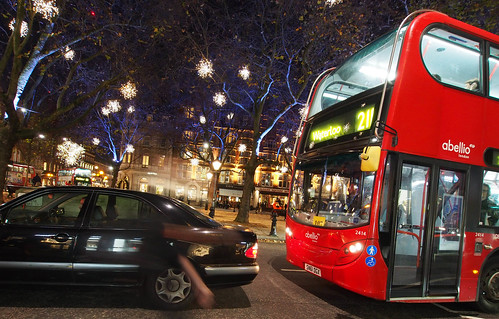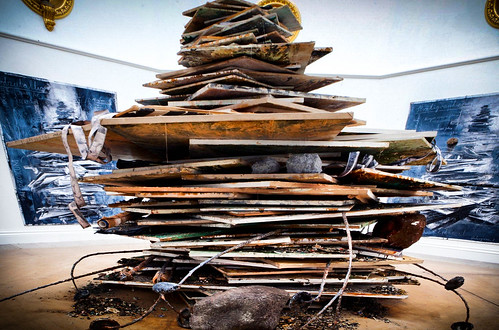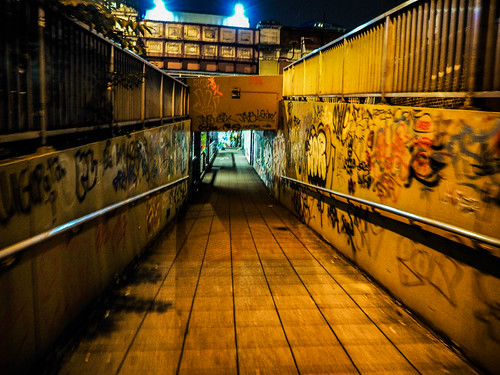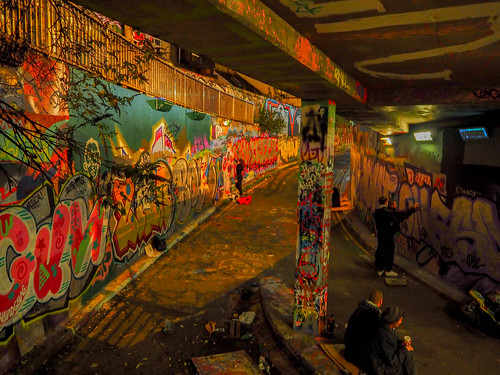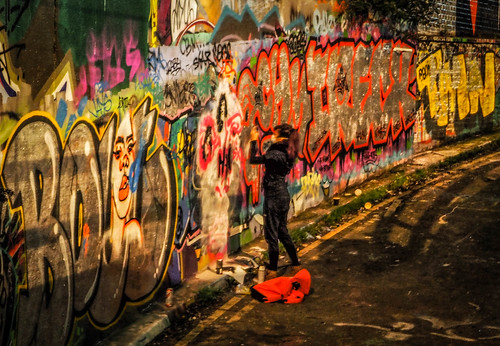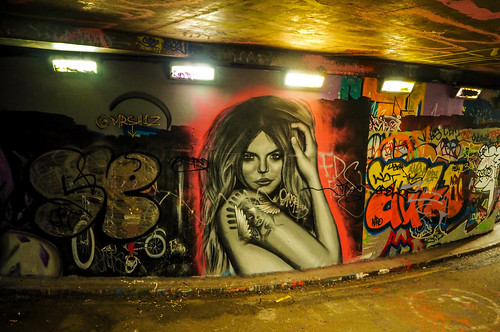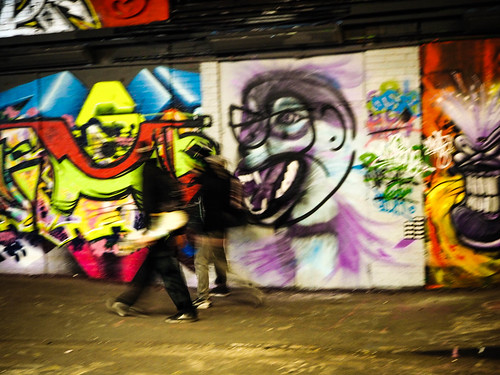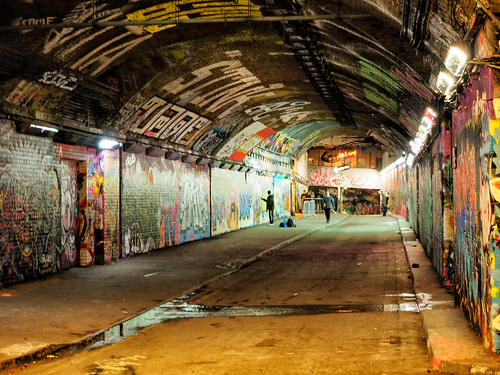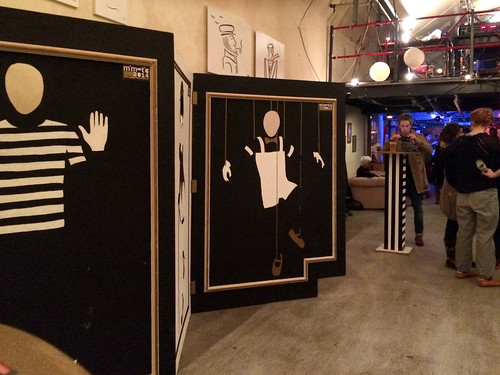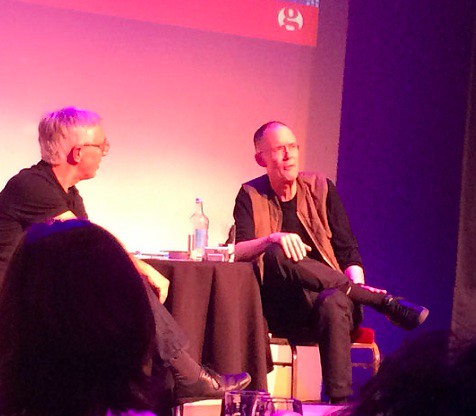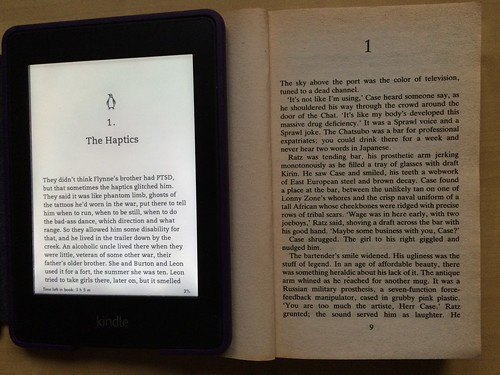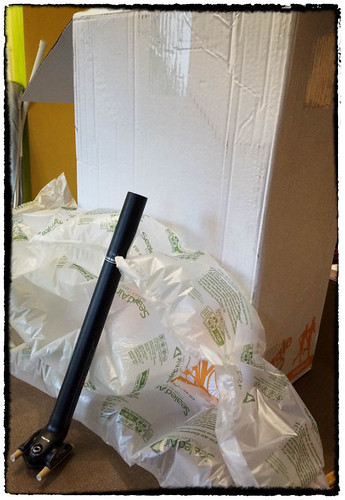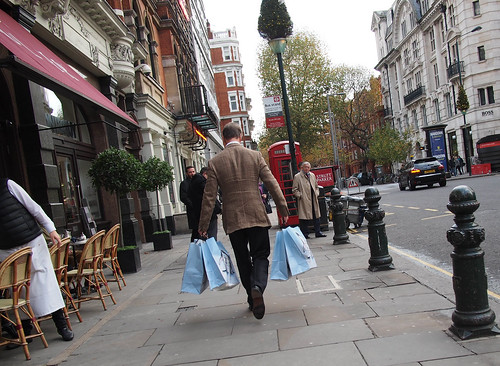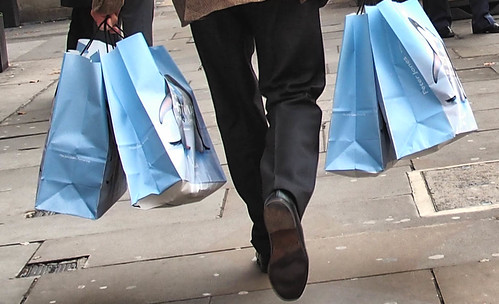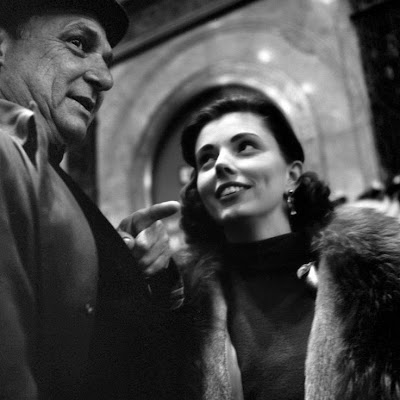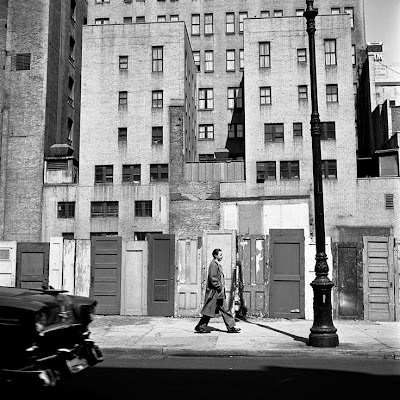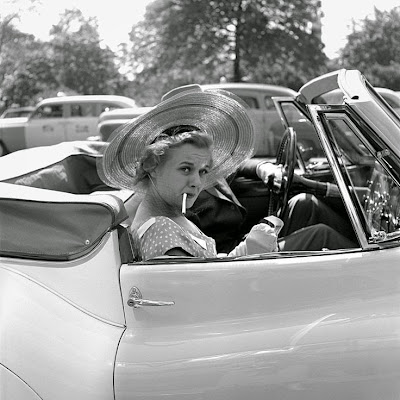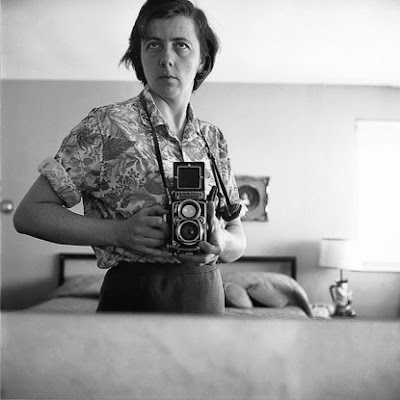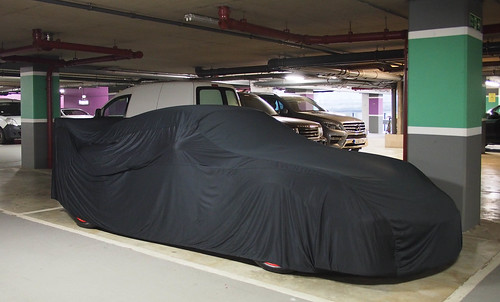
Today I've got a version of Kurt Weill/Bertold Brecht's Pirate Jenny running as a background soundtrack.
I've recently finished Amanda Palmer's book called 'The Art of Asking' and it has reminded me of the need for an occasional Dresden Dolls binge.

I've followed Amanda Palmer (even in a pre-twitter sense) for long enough to recognise quite a few of the stories that she uses in her recent book. It is sometimes described as self-help, but is more a sort of abbreviated and quite heartfelt autobiography, with advice and tips as well as examples of what can go wrong.
Amanda can be a bit full on (in a good way), so there's some great and inspirational sections but occasionally I'd go 'Oww, not sure about that!' And I'm sure she knows that in the way she's written it.
More than about 'the art of asking', it seems to me it's about the power of networks and connecting with people, and I think that is where it really shines.
There's sections describing her adventures as a living statue mainly around Boston Square, before she started to gig with Brian Viglione in what became the Dresden Dolls. Then the various stories of people in her life, around her home town and much further afield.
The Dresden Dolls and her later guises have travelled the world on tour, involving their fans and friends in just about every aspect of the gigs, from where to sleep, what to eat, how to get around and where to play additional ninja gigs.
There's the story of a bad record contract (actually I liked the Leeds United video just the way it was), the eventual split allowing her to become indie and her later Kickstarter project. Along the way she has relied upon the fans, building the base almost one person/connection at a time. For me it'd include seeing impromptu gigs around Camden, or seeing Amanda personally selling the CDs at the end of shows. I was there for the one-off post-Icelandic volcano dust Evelyn-(Evelyn) show too, where she linked to the other half of Evelyn-Evelyn for a duet by video link.
It's that giving/gifting as much as any asking that the book is really about. Amanda gifted flowers to passers by when being 'The Bride' in the square. One can see how she learnt and nowadays passes on how the connection made and the impressions created have persisted.
Amanda's viewpoint presents an opposite to some of today's corporations who inertia sell bad deal renewals (loyal customer? sting them when they renew). She references her old record company who didn't appear to care about the loyal 'followers' and saw everything as purely transactional. Today's UK story illustrates how far this can go, with regular suppliers to big organisations like supermarkets and food providers being expected to 'buy' their continued place on the procurement list. They call it 'Investment' although bribery and extortion spring to my mind when I see this.
Amanda's married now, to Neil Gaiman, the author. He's someone else I've sort of tracked across the years. The first book I bought of his was American Gods, which I picked up when it was new from a small cafe and bookstore in Stone Mountain, Georgia, whilst I was on some kind of road trip. It seemed to fit perfectly with my travels at the time.
I gifted my finished copy of Amanda's book to a living statue in London. He looked surprised, but it somehow seemed like the right thing to do.
